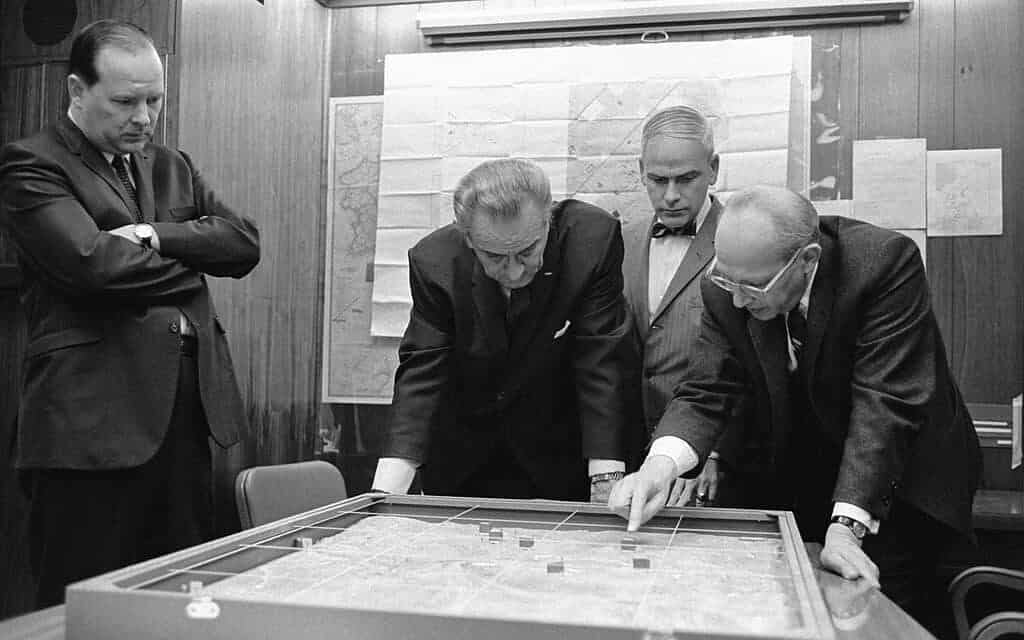In June 1967, Secretary of Defense Robert McNamara created a working group he designated as the Vietnam Study Task Force. McNamara was a hawk regarding the United States’ involvement in the War in Vietnam and the study was commissioned as what he called an “encyclopedic history” of the Vietnam War. Over the years McNamara’s claims about his motives for requesting the work changed. He later revealed that he knew the American effort in Vietnam was doomed to fail and he wanted a documented record of what caused that failure to leave to future generations.

The study, which was conducted within the Pentagon and civilian contractor organizations, was classified as Top Secret. In 1971 it was copied and leaked to The New York Times, revealing to the American public for the first time the level at which the US government had lied regarding the conduct of the war, the reasons for American involvement, and the fact that the United States had systematically enlarged the scope of the conflict. The released study, dubbed the Pentagon Papers by the press, was a bombshell, further widening the rift in American society over involvement in Vietnam, and over the conduct of the US government in general. Here are some facts about the Pentagon Papers and the furor they caused.

1. Why the study was completed remains a subject of debate
The Vietnam War was America’s first televised war. There were three major television networks at the time, all of which broadcast a nightly news program every evening, and all of which gave liberal amounts of time to the fighting in Vietnam. Americans received a dose of news about Vietnam with their dinners each weeknight. It was seldom good news. The images they saw, of American boys, dying, American aircraft being destroyed, Vietnamese children fleeing for their lives, Buddhist monks immolating themselves, were in stark contrast to the reassurances from the Johnson Administration that the United States was winning the war in Southeast Asia. The number of American dead increased daily, and equal time was given to the protests against the war, across America and around the world.
The Secretary of Defense, Robert McNamara, formerly an executive with the Ford Motor Company, commissioned a study of America’s history of involvement in Southeast Asia for reasons which remain unclear five decades later. What is known however is that he never informed his boss, President Lyndon Johnson (at least there is no record of his having done so), nor did he tell Secretary of State Dean Rusk that the study was being done. McNamara resigned before the study was completed, and it was delivered to Clark Clifford, his successor, in 1969. By that time, Lyndon Johnson had declined to run for re-election, Richard Nixon had won the presidency, and another 27,000 Americans had become casualties in Vietnam.

